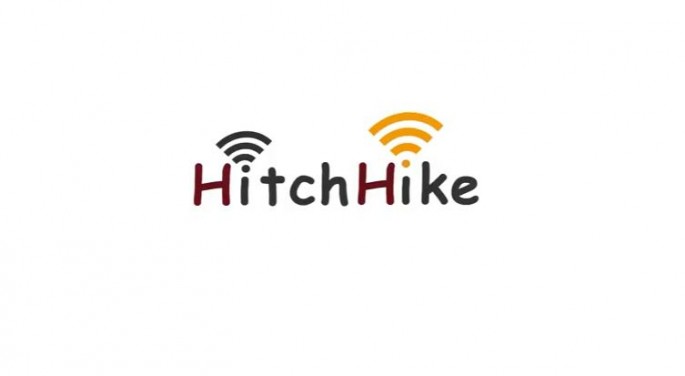Researchers at Stanford University have developed a new class of tiny, energy-efficient Wi-Fi radios that can pass commands to and from the network to devices connected to the Internet of Things (IoT).
This Wi-Fi radio named "HitchHike" is so low-power a small battery can drive it for a decade or more, said the researchers. It even has the potential to harvest energy from existing radio waves and use that electromagnetic energy to power itself, perhaps indefinitely.
The system was named HitchHike for its clever design that hitchhikes on incoming radio waves from a smartphone or a laptop. It translates those incoming signals to its own message and retransmits its own data on a different Wi-Fi channel. Researchers believe HitchHike could be incorporated into wireless devices over the next three to five years.
"HitchHike could lead to widespread adoption in the Internet of Things," said Sachin Katti, an associate professor of electrical engineering and of computer science.
"Sensors could be deployed anywhere we can put a coin battery that has existing WiFi. The technology could potentially even operate without batteries. That would be a big development in this field."
Katti and Pengyu Zhang, a postdoctoral researcher in Katti's lab, led the team that developed HitchHike.
Zhang said HitchHike is the first self-sufficient Wi-Fi system that enables data transmission using just micro-watts of energy - almost zero.
"Better yet, it can be used as-is with existing Wi-Fi without modification or additional equipment. You can use it right now with a cell phone and your off-the-shelf Wi-Fi router," according to Zhang.
The HitchHike prototype is a processor and radio in one. It'w about the size of a postage stamp, but engineers believe that they can make it smaller -- perhaps even smaller than a grain of rice for use in implanted bio-devices like a wireless heart rate sensor.
With a range of up to 50 meters and able to transmit up to 300 kilobits per second, HitchHike might be a major steppingstone to the expansion of the IoT.
The big Achilles' heel of any efforts in this direction has been energy usage. HitchHike consumes 10,000 times less current than Wi-Fi radios.
It can operate for years on a simple coin battery, but researchers said future versions might use tiny solar panels or even harvest the energy of incoming Wi-Fi radio waves.
HitchHike is a variation of a backscatter radio that bounces Wi-Fi signals back into the atmosphere -- a signal that is known as backscatter.



























